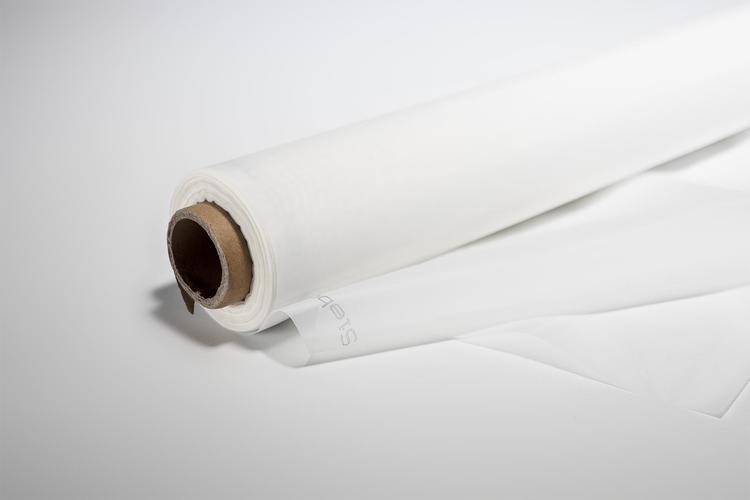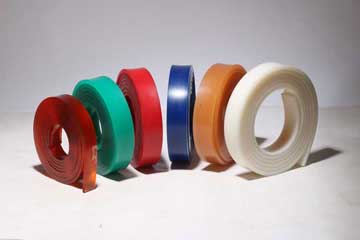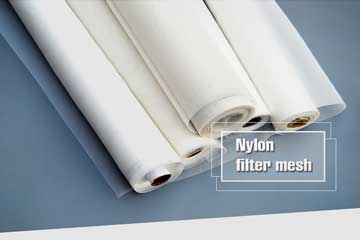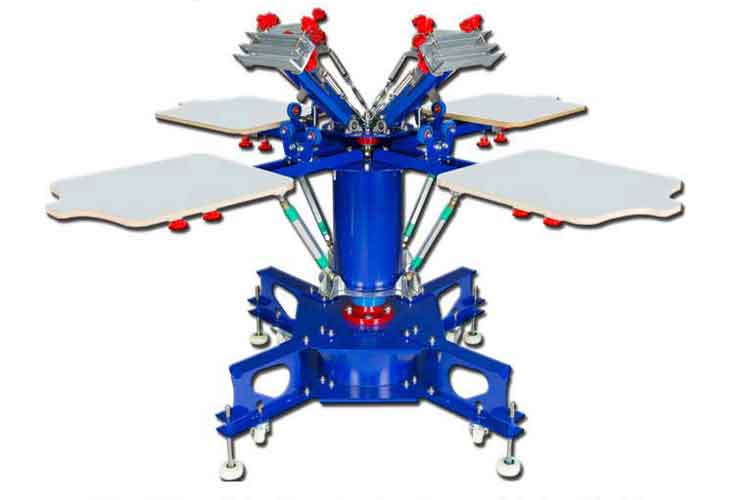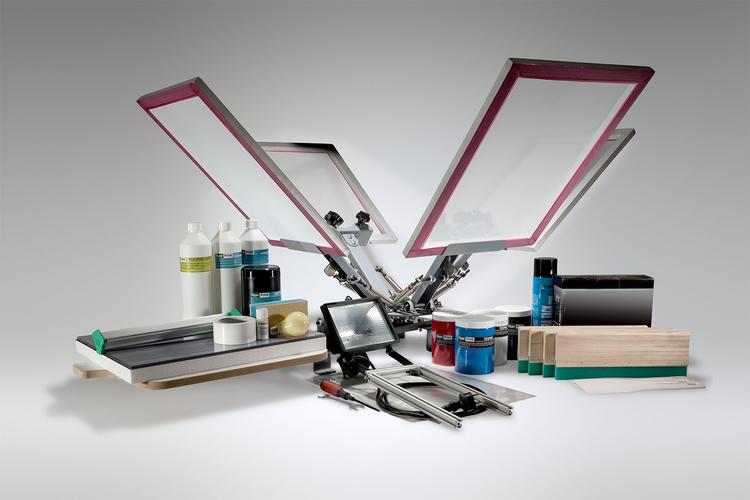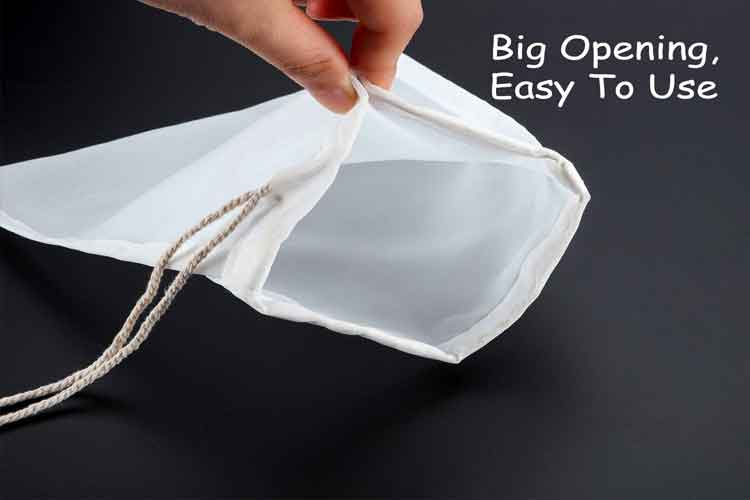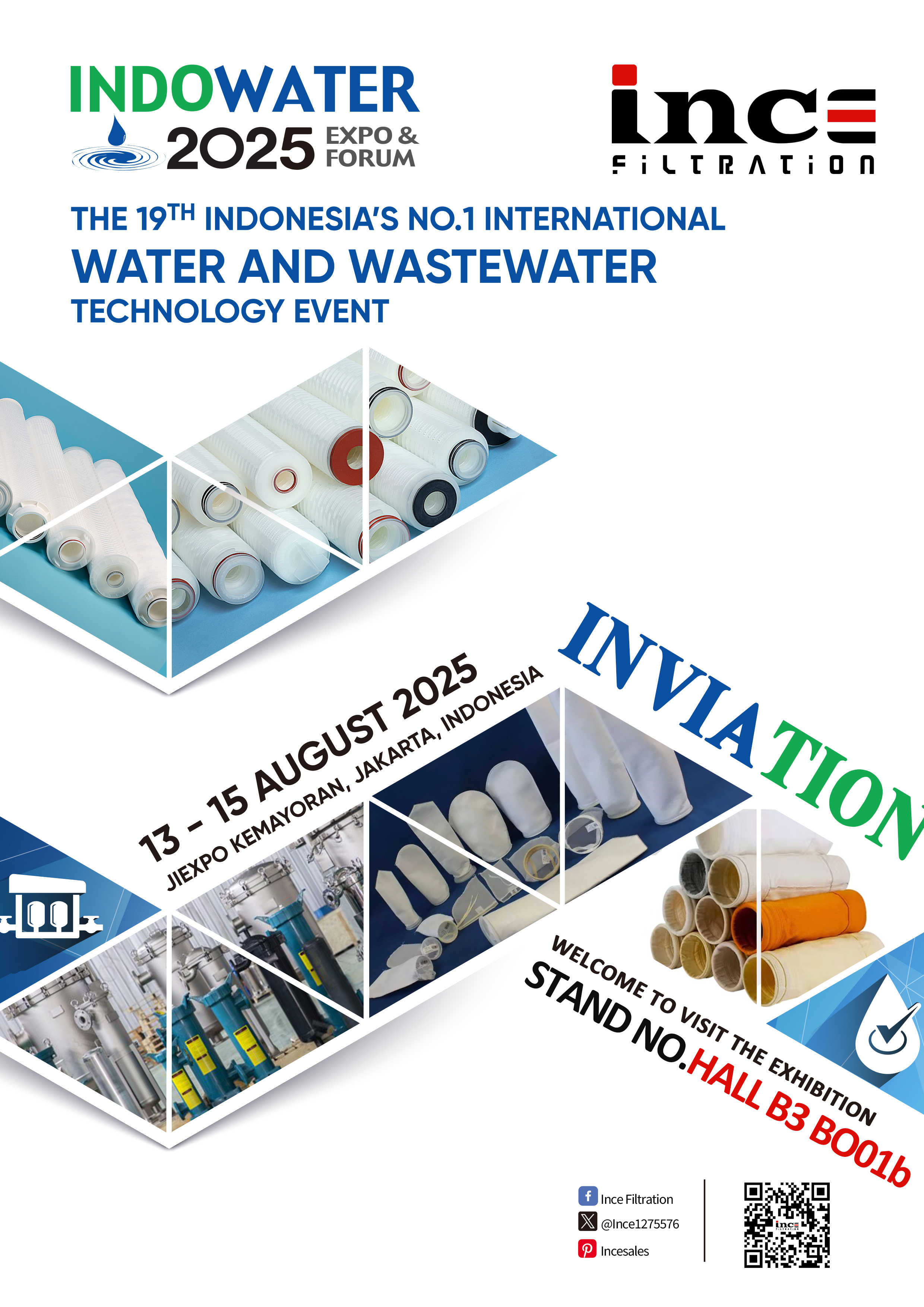Monofilament Mesh Screen — High-Precision Mesh for Printing, Filtration and Industrial Coatings
A monofilament mesh screen is not just a consumable—it's a process control element. The right mesh choice sharpens print detail, stabilizes deposition, and brings predictability to filtration tasks. When you combine wisely selected mesh count and material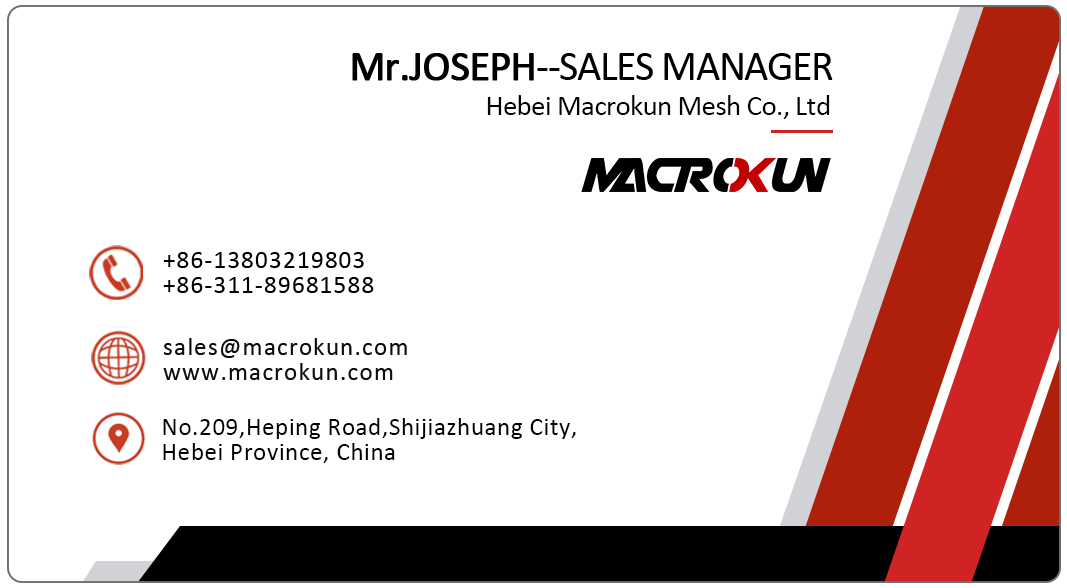
When your process demands repeatable precision, predictable ink or liquid transfer, and long-term dimensional stability, a monofilament mesh screen delivers measurable advantages. Whether you’re a textile printer chasing halftone fidelity, an electronics manufacturer needing consistent stencil definition, or an industrial engineer building a filtration train, choosing the right monofilament mesh transforms production consistency, reduces waste, and lowers lifecycle cost.
This guide explains why monofilament mesh screens are the preferred choice across industries, what makes them different from multifilament alternatives, how to pick the correct mesh count and material, and why our monofilament mesh screen products are engineered to deliver both performance and value.
.jpg)
Market Overview: Why Monofilament Mesh Screens Matter Today
Demand for higher print detail, tighter process tolerances, and more reliable filtration is rising across multiple markets:
-
Textile & Graphics Printing: Modern garment design, four-color process prints, and simulated-process techniques require fine mesh counts with minimal distortion for sharp halftones and small type.
-
Electronics & Precision Coatings: Screen printing conductive inks, solder pastes, resist patterns or thin functional films needs predictable aperture geometry and low positional drift.
-
Filtration & Industrial Separation: Monofilament woven meshes provide stable pore structure for liquid filtration, dewatering and sieving tasks where repeatable open area matters.
-
High-volume Manufacturing: Industrial throughput favors meshes that withstand repeated cleaning, high tensioning, and long production runs without breaking down.
In short: industries that trade on repeatability, definition, and predictable throughput favor monofilament mesh screen solutions.
Product Fundamentals: What Is a Monofilament Mesh Screen?
A monofilament mesh screen is woven from single-strand synthetic fibers (commonly polyester/PET, sometimes nylon or specialty polymers). Unlike multifilament yarns (bundles of fine fibers twisted into a thread), monofilament yarn is a single, smooth filament that creates a uniform, regular weave.
Core properties you should understand:
-
Uniform Apertures: Single strands produce consistent opening sizes across the fabric for accurate deposition or sieving.
-
Low Elongation & High Tension Stability: Monofilament meshes can be tensioned higher with less stretch, giving stable registration and sharper prints.
-
Smooth Surface: The polished filament reduces abrasion on print emulsions and eases cleaning/reclaim cycles.
-
Wide Range of Mesh Counts: From coarse (tens of threads per inch) for heavy deposition or coarse filtration to ultra-fine (hundreds of TPI) for halftones and thin film printing.
Material choice (polyester vs nylon vs specialty) affects chemical resistance, thermal stability, and compatibility with inks and cleaning agents.
Key Features & Benefits
1. Precision & Image Fidelity
Because monofilament weave is dimensionaly consistent, it reproduces halftones, fine type and high-resolution artwork with minimal dot gain—critical for process printing, photorealistic work and electronics patterning.
2. Repeatable Ink/Liquid Transfer
Predictable open area and uniform filament diameter deliver consistent ink deposit per stroke or pass, reducing variation batch-to-batch.
3. Durable & Easy to Reclaim
Monofilament screens clean and reclaim more readily than multifilament equivalents. They clog less, are less prone to fiber migration, and stand up to frequent solvent or pressure cleaning.
4. High Tension & Low Elongation
Higher tension retention means screens keep registration over long runs—fewer re-stretches, less downtime, higher first-pass yield.
5. Versatile Application Range
From 60-mesh coarse work up to 400+ mesh fine printing and filtration meshes, monofilament products cover diverse industrial needs.
Monofilament vs. Multifilament — Quick Comparison
-
Surface & Emulsion Behavior: Multifilament is sometimes easier to adhere an emulsion to because of its slightly textured surface, but monofilament’s smooth strands give cleaner print edges and easier reclaim.
-
Clogging & Cleaning: Monofilament tends to clog less and cleans more easily, lowering downtime.
-
Durability: Monofilament typically supports higher tension and resists elongation better—preferred for high-precision production.
(Use both where appropriate—coarse multifilament can be useful in certain textile hand-printing contexts; industrial printing and filtration often favor monofilament.)
How to Choose the Right Monofilament Mesh Screen
1. Define Your Application & Required Result
-
High-resolution graphics or halftones → choose higher mesh counts (e.g., 230–360+ TPI).
-
Thick ink deposits or adhesive layers → lower mesh counts (e.g., 80–160 TPI) to allow more open area.
-
Filtration / sieving → select mesh aperture and wire diameter to meet particle retention and flow requirements.
2. Select Material Based on Chemistry & Temperature
-
Polyester (PET): Most common — excellent dimensional stability, chemical resistance for many inks and cleaning solvents, good for screen printing and many filtration tasks.
-
Nylon (PA): Higher abrasion resistance; better elasticity but more sensitive to some chemicals and moisture.
-
Specialty polymers (PTFE, stainless wires): For extreme chemical or thermal environments.
3. Consider Mesh Count + Thread Diameter (Not Mesh Count Alone)
Two meshes with the same thread-per-inch can differ in open area if filament diameter differs. For consistent result, review both counts and filament specs.
4. Tension & Frame Compatibility
Confirm your frames and exposure equipment support the intended tension and mesh size to avoid sagging or registration drift.
Maintenance & Best Practices
-
Use the right exposure and emulsion for monofilament surfaces—some emulsions adhere better with a light adhesion promoter.
-
Clean gently but thoroughly: monofilament cleans well with low-pressure solvent or water; avoid excessive scrubbing that deforms fine filaments.
-
Monitor and maintain mesh tension: check TPI tension between jobs and re-stretch when necessary to retain registration.
-
Inspect before printing: look for broken filaments, pinholes or contamination; a small defect can ruin prints at high mesh counts.
-
Store properly: keep in dry, dust-free locations and avoid UV exposure that can weaken some polymers.
Why Choose Our Monofilament Mesh Screen?
We engineered our monofilament mesh screens around three customer priorities: precision, durability, and total cost of ownership.
-
Consistent Manufacturing Tolerances: Every roll is quality-checked for thread count, filament diameter and open area to guarantee predictable performance on press.
-
Premium PET & Specialty Options: We offer standard polyester for print and filtration, nylon for abrasion-heavy uses, and specialty coatings (anti-halo / calendered) for thin-film applications.
-
Optimized for Reclaim & Longevity: Smooth filaments withstand repeated reclamation cycles and maintain tension longer—fewer replacements and lower per-part cost.
-
Application Guidance & Customization: We pair product specs with tailored recommendations (mesh count, frame tension, emulsion type) so your first production run is right first time.
Illustrative Use Cases
-
High-Definition Textile Printing: A print shop moved from 156 to 230 mesh monofilament for process prints—halftones became crisper and ink usage dropped due to cleaner deposits.
-
Printed Electronics: A manufacturer using conductive pastes achieved fewer voids and better line edge definition after switching to a calibrated monofilament mesh with tighter tension.
-
Industrial Filtration: An OEM replaced woven multifilament sieves with monofilament mesh screens to get stable open area and more predictable flow under variable pressure.
-
Ceramic & Glass Decals: Fine-patterned decals printed with high-mesh monofilament yielded sharper edges and less rework during firing.
Next Steps — How to Get Started
-
Define your target output: determine required line width, halftone frequency, or particle retention.
-
Contact our application team (or request a sample) to match mesh count, filament diameter, and material to your process.
-
Run a test pass with recommended emulsion and tension—validate deposit and cure behavior.
-
Implement routine maintenance checks (tension, pinhole inspection) as part of your production SOP.
-
Scale with confidence—once tuned, monofilament mesh screens deliver repeatability and lower unit cost across long runs.
Final Thoughts
A monofilament mesh screen is not just a consumable—it's a process control element. The right mesh choice sharpens print detail, stabilizes deposition, and brings predictability to filtration tasks. When you combine wisely selected mesh count and material with correct tensioning and maintenance, you reduce waste, boost yield, and raise product quality. If you need application-specific advice or sample screening to validate performance in your line, we’ll help you select the perfect monofilament mesh screen for the job.
Pre:High Precision Printing with 230 Mesh Silk Screen
Next:High-Quality Monofilament Screen Printing Mesh for Precision Printing
Tags:
